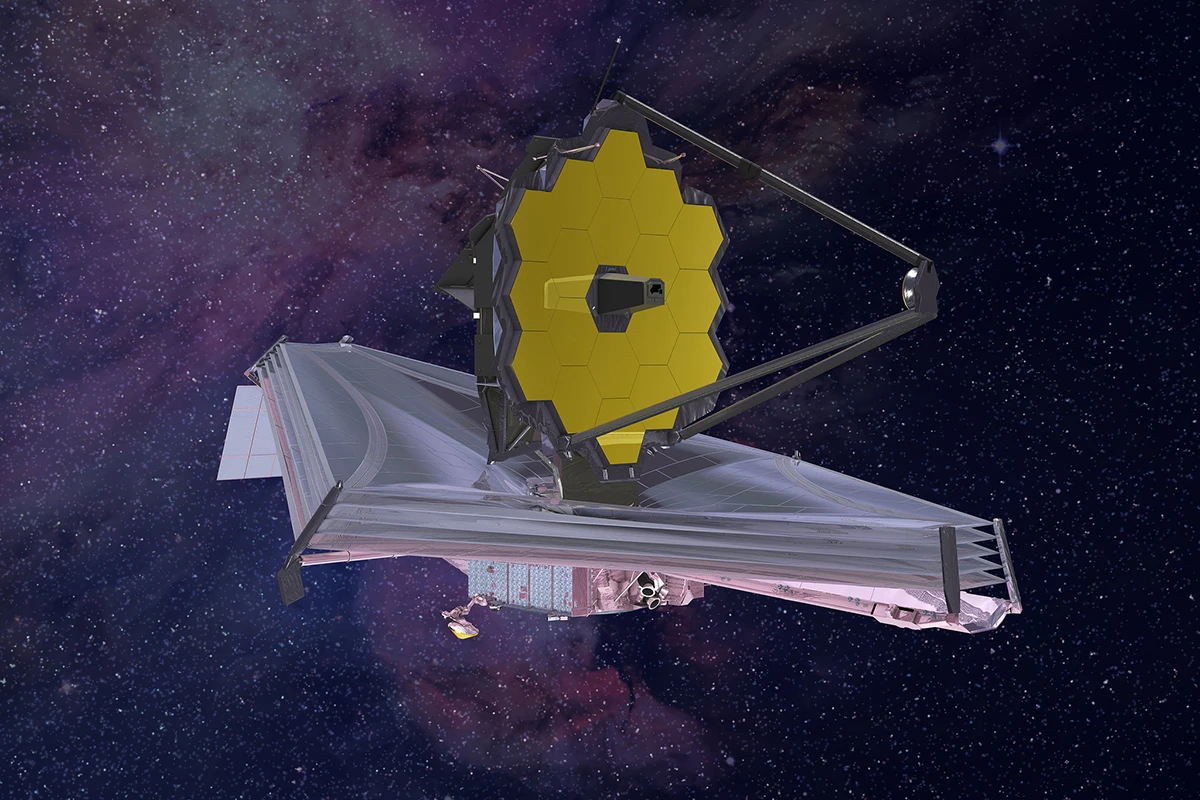
It could be two star clusters or two galaxies.
What the James Webb Space Telescope saw in a snapshot of the early cosmos is still unknown to astronomers.
NASA's deep-space observatory captured light being bent in the far reaches of the universe during a dark matter dance.
A galaxy cluster's gravity allowed the enormous James Webb Space Telescope mirror to stare at a known galaxy distant behind it, but there's a catch: a new study released on Wednesday (Oct. 26) reveals Webb may actually be viewing two galaxies rather than just one.
Although the area has already been observed by the Hubble Space Telescope, this new vision is even more detailed.

JAMES WEBB SPACE TELESCOPE
"We're actively discussing whether these are two galaxies, or two clumps of stars within a galaxy," Space Telescope Science Institute astronomer Dan Coe, an instrument scientist for Webb's near-infrared camera, said in a NASA statement(opens in new tab). "We don't know, but these are the questions that Webb is designed to help us answer."
According to Coe, Hubble described the object, known as MACS0647-JD, as a "pale, red dot," generated only 400 million years after the Big Bang, which created the universe.
Webb showed that what appeared to be one object to be two, but the nature of what the new telescope is viewing is yet unknown.
Webb's team is committed to releasing science in progress and as such, this finding is not yet peer-reviewed and is still in early discussion. If Webb spotted two galaxies, there's an even more intriguing possibility: a galactic merger might be in progress in the early universe.
"If this is the most distant merger, I will be really ecstatic," said Tiger Yu-Yang Hsiao, a Ph.D. graduate student at john Hopkins University, in the same statement. But whether Webb is viewing two star clusters or two galaxies, there are clear differences between them: one object set is slightly bluer with lots of stars, and the other is slightly redder with lots of dust.
Although Webb's use of gravitational lensing is not new to astronomy, the telescope's sophisticated detectors will allow researchers to gain new knowledge by taking advantage of how huge objects may distort light. Infrared wavelengths from the early universe, which is fast vanishing from us, are best viewed with Webb.
Our database of early galaxies will grow from "only tens" of objects to many more as a result of Webb's anticipated 20 years of space observations, according to Rebecca Larson, a National Science Foundation fellow and Ph.D. doctoral student at the University of Texas at Austin.
"Studying them can help us understand how they evolved into the ones like the galaxy we live in today, and also, how the universe evolved throughout time," Larson said in the same statement.
She added she is looking forward to when Webb can create "deep fields" of a single spot in the sky, as Hubble did numerous times, as this will uncover even more objects in the early universe.